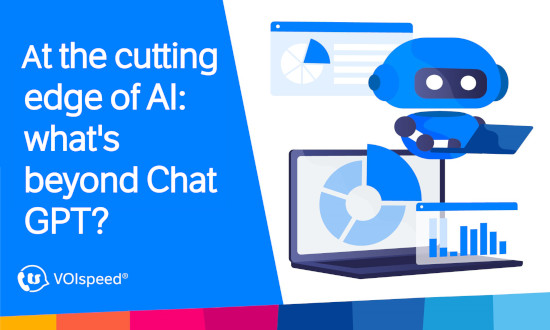
In an increasingly interconnected digital age, Artificial Intelligence is radically transforming the way we interact with technology. Despite the notable impact of Chat GPT, we often miss the extent to which AI has long been present in our daily lives, influencing different sectors and improving our experience. In addition to its notable impact in chat and text generation services, Artificial Intelligence takes different forms and helps to revolutionise many aspects of our daily lives.
But how can we categorise AI? Artificial Intelligence takes different forms, each characterised by a unique level of specialisation and complexity. In addition to the well-known GPT Chats, there are other variants of AI, including Artificial Narrow Intelligence (ANI), which are rewriting the rules of our relationship with technology in myriad applications. Artificial Narrow Intelligence, or ANI, is a category of Artificial Intelligence that is specialised and narrow in its abilities. This represents the only type of AI that has been successfully created so far. The ANI is designed to perform specific operations with considerable intelligence and expertise. A tangible example of ANI is the ChatBot, which uses natural language processing (NLP) to interact with users in a personalised and natural way.
In addition to GPT Chat, there are several other highly specialised Artificial Intelligence applications. Google, for example, makes extensive use of Rankbrain to improve search results and content classification. Apple created Siri, while Amazon boasts the virtual assistant Alexa, and Microsoft offers its virtuous assistant Cortana. IBM stands out with Watson, known for its data analytics capabilities.
However, AI goes further, extending to the field of facial and image recognition, the prediction of diseases and outcomes, the use of robots in production contexts and drones to optimise industrial processes. AI is also involved in implementing spam filters and social media monitoring tools, identifying dangerous content. It also helps to suggest entertainment content or marketing strategies based on user behaviour. A notable example is the growth of self-driving cars, which represents a surprising innovation thanks to specialised AI. And what are the prospects of this evolution? AI is constantly changing, and the goal is to look beyond Artificial Narrow Intelligence (ANI).
The main challenge is to achieve Artificial General Intelligence (AGI), also known as strong AI, a field in which machines will be able to think and make decisions in a similar way to humans. AGI aims to create machines capable of performing diversified tasks and acting as realistic assistants in everyday life. Currently, there are no examples of strong AI, but the foundations for AGI could be built through cutting-edge technologies such as supercomputers, quantum hardware and Generative Artificial Intelligence models, such as the already well-known ChatGPT. Beyond AGI, the hypothesis of Artificial Superintelligence (ASI) is looming, a highly advanced form of AI that would surpass human intelligence in multiple cognitive areas. ASI represents the pinnacle of AI, even if at the moment it remains predominantly a theoretical entity often portrayed in science fiction.
In summary, AI is constantly evolving, with AGI and ASI as ambitious goals for the future. These developments promise to transform technology and society in ways that just a few years ago seemed distant from reality. However, it is crucial to pay critical attention to the ethical and social challenges that could emerge in this transformational journey.
Article by Luca Pirello




